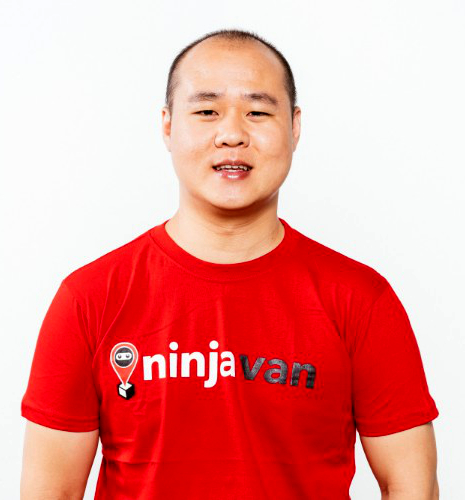Digital transformation – or DX – has come a long way, from being merely a buzzword, to an enterprise must-have.
In 2022, IDC predicted that the global expenditure on digital transformation would almost double, reaching US$3.4 trillion by 2026.
In terms of priorities, cloud computing tops the list for organisations, followed by AI, and then IoT. However, senior IT executives are beginning to question whether digital transformation is reverting to buzzword status. They observe that businesses often chase new technologies without fully completing previously initiated projects.

According to Edwin Alford, Global Head of Cloud Services at HSBC, many organisations are easily swayed by the latest technology or what their competitors are adopting.
“The stats are interesting from companies that will approach you to undertake digital transformation. It’s easy to be distracted by the next new ‘best’ thing,” Alford said during a panel discussion titled “Catalysing Digital Transformation in Enterprises,” part of the 2023 Alibaba Cloud Global Summit.
“What you need to do is stay the course. You need to do one of two things: either finish what you started or achieve enough critical mass to finish the project. Then you can start something new,” he added.
Transformation journey
For HSBC, digital transformation is far from a mere buzzword. In recent years, the bank has enabled its clients to conduct transactions on their mobile phones— anytime, anywhere.
“That requires us to ensure we have the resilience to make our app work seamlessly, so it doesn’t hang and transactions are completed within seconds, not days,” Alford said.
Similarly, courier service Ninja Van is attuned to changing customer expectations, especially regarding the speed of service.
“When you think about last-mile logistics, you expect your parcel to arrive on time. Now, however, people want more control over their parcels. They want to know exactly when they will arrive and even have the option to upgrade from next-day to four-hour delivery,” noted Shaun Chong, Co-founder and CTO of Ninja Van.

Moreover, the resurgence of in-store shopping has intensified competition for online retailers and cloud-native companies like Ninja Van, prompting the need for innovation.
“We’re witnessing the rise of platforms like TikTok, where many people are starting to sell products online. We understand our customers’ needs, which is why we’re adapting by going into digital services. We’re helping them with AI technology to guide them on how to livestream, what to say to increase engagement, and how to convert these engagements into sales,” the Chief Technology Officer said.
In the case of international health and beauty retailer A.S. Watson Group, digital transformation is a significant agenda, particularly as the majority of its customers are women, shared Nicky Onprang, the company’s IT & Digital Transformation Director.
“Meeting the demand and expectation of women is not really easy. We have to leverage and also integrate all those new technologies—AI, e-commerce platforms, AR, as well as some of the personalisation and internal data analytics—into the heart of our digital transformation strategy,” he said.
Post-COVID, A.S. Watson had to recalibrate its customer experience strategy as people returned to physical stores.
“People enjoy trying products like skincare and cosmetics. They want to test makeup colours. The key is integrating offline and online channels to enable shopping across multiple platforms,” Onprang added.
All aboard the DX train
To prevent wasting resources on the latest hyped technology, enterprises should first make sure their cloud footing is intact, HSBC’s Edwin Alford advised.
“It can take up to nine months, a year, or even 18 months, but that’s okay. Those solid foundations enable quicker development of products for your customers. You need to establish solid cloud foundations first, then consider initiatives like generative AI, rather than abandoning one project halfway for the next new thing that comes along,” he said.

For A.S. Watson Group, an ear to the ground is crucial to their DX strategy, recognising that digital transformation is not a one-off project.
“We want to hear from our customers, like what kinds of things they really want and need. How are they feeling about this journey or experience?” Onprang said.
Any DX project must always align with business objectives to ensure success, employ agile implementation methodologies, and foster cross-departmental collaboration, the A.S. Watson executive continued.
HSBC’s Alford noted that the importance of organisational buy-in cannot be stressed enough, as it helps to prevent unwanted roadblocks in the future.
“Understand why you’re doing the project and educate your board and executives about the associated costs and what you’re trying to achieve. Make sure that you’re all going at it together. Be curious and always look for ways to do things better,” he said.
As for Ninja Van’s Shaun Chong, enterprises must be open to change, especially in the fast-paced era of digital economy.
“In an increasingly competitive industry with razor-thin margins, we’re exploring other revenue streams, including various lines of digital and financial services. Be aware that disruption is constant. While AI may seem like the current trend, it’s actually ushering in a new era. If we don’t adapt, we’ll quickly fall behind,” he concluded.
















